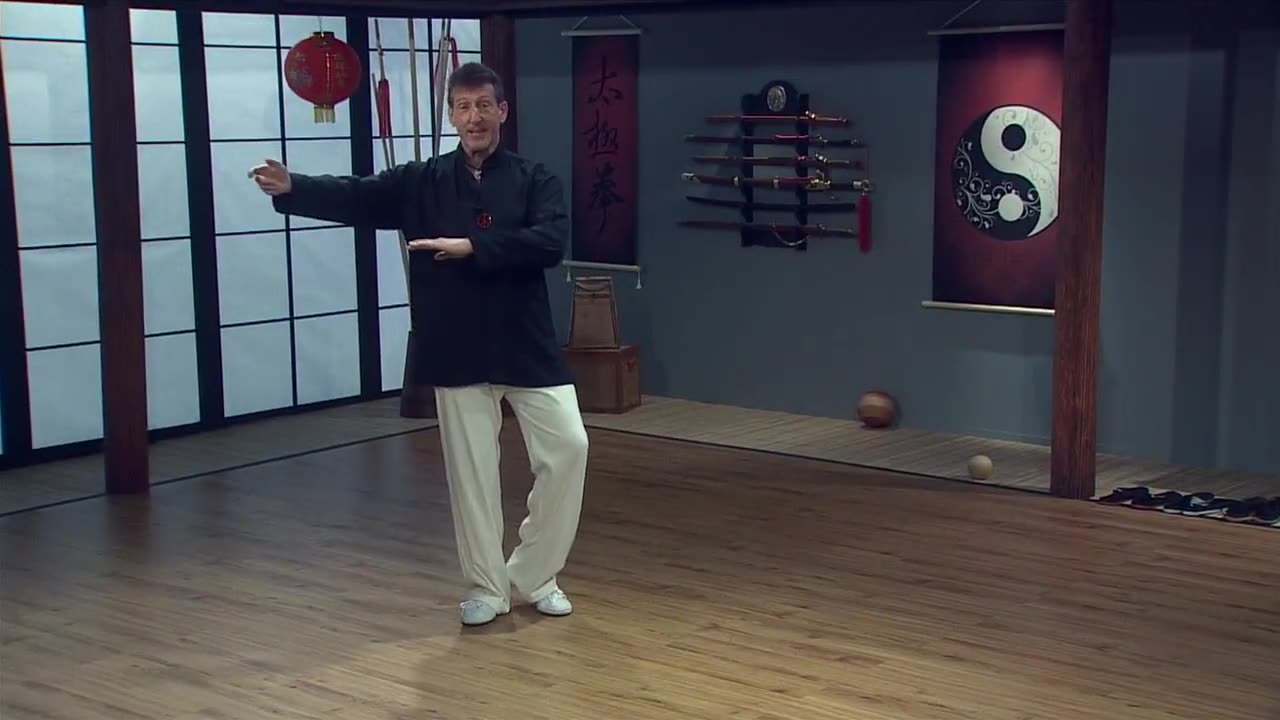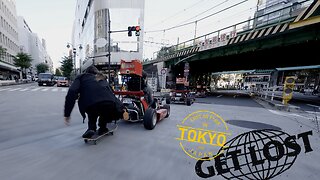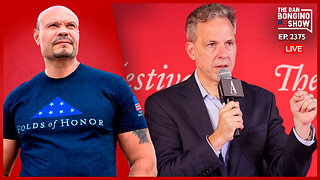Premium Only Content

04. Mind Over Muscles
This lecture adds two new moves to our repertoire. First up a move
called “the white crane spreads its wings,” which picks up where the
last move we learned leaves off. Then we learn a compound move that
looks complicated but is easy to understand when broken into parts. After
we’ve covered those two moves, we’ll take a look at a core idea of tai chi:
that the secret to mastering it is practicing without struggle.
Bái hè liàng chì (“The White Crane Spreads Its Wings”)
● In this lecture, we’ll first learn a movement called bái hè
liàng chì, which in English means “the white crane spreads
its wings.”
● From the final position of the raise the hands move we learned in
the previous lecture, turn the waist toward the left and step back
with the right foot (to the west). Shift the weight entirely onto the
right foot.
● Circle the right hand around (right, down, left) and circle the left
hand (down, left, up, and right) to form a hold-the-ball position, left
hand on top. Let the right arm rise up until the forearm touches the
left fingertips. The waist turns right to 45 degrees and returns to
face east.
● As the waist turns to the right, rotate the right arm outward so that
the palm faces out. As the waist turns back to the left, sink the right
elbow. (Palm is head high.) The left hand pulls down to the left hip,
palm down and fingers pointing forward.● The left foot momentarily picks up; then, the toes are replaced
on the ground to create an empty step. Make sure the knee
is relaxed.
Zuǒ yòu lōu xī ǎo bù (or “Brush Knee in Twisted Step
[Left and Right]”)
● The next move in this lesson is Zuǒ yòu lōu xī ǎo bù, or “brush
knee in twisted step [left and right]).” It’s a compound move, with
numerous sections.
● From the end of white crane, turn the waist to the left 45 degrees,
then to the right 90 degrees. As the waist completes its turn to the
right, bring the left foot next to the right to make a t-step.
● As you turn the waist to the left, circle the right arm inward and
downward across the torso, rotating the forearm outward so that
the palm first faces the body (coming across), then faces up (as
the arm drops down). The right arm continues to loop around until
it extends into the southwest corner with the palm up. Sink the
elbow at the finish.
● Simultaneously, circle the left arm out, up, and across the body
until it also extends toward the southwest corner with the palm
down. (Remember to keep both arms rounded.)
● Step out with the left foot (toward east) to form a bow step,
remembering to leave a channel. As you shift your weight into the
left foot, the waist will turn to the left until the hips and torso are
squarely facing the east.
● Press the left palm and arm down across the torso, then sweep it
in an arc from right to left as the waist turns. In fact, the waist turn
carries the arm, rather than the hand moving independently. The
palm passes over the top of the knee, then withdraws finally to a
position hip high near the top of the left thigh.
● At the beginning of the left-foot step, the right elbow folds, bringing
the right palm past the chin. As the weight shifts into the final bow
step, the right elbow slowly extends, although it never completely
straightens. As the elbow nears its extension, flex the wrist so that
the palm “pushes” toward the front.
● This movement has three steps, so alternate the left and right foot.
● Empty the front foot and shift the weight to the back foot. Turn the
waist in the direction of the front foot (alternating left or right, as
appropriate) and pivot the front foot out 45 degrees. As the waist
completes its turn, bring the rear foot up next to the front foot to
make a t-step.
● Bring the lower hand up until it extends toward the rear 45-degree
corner, palm up. Simultaneously, arc the pushing hand slightly
upward, then over and down until it also extends towards the
rear 45-degree corner, palm down. Remember to keep both arms
rounded and a gap under each armpit.
Practicing without Struggle
● One tai chi concept that may be hard for some students to grasp
is that softness does not mean weakness. In fact, the opposite is
true. Being softer means letting go of stress and tension.
● What’s more powerful than your physical strength? The answer
is letting go of struggle and using another capacity. In tai chi, that
capacity is intention or willpower. The tai chi saying goes, “yong
yi, bié yònglì,” which translates roughly to “intention not exertion.”
● Physical exertion strangles your chi. But intention guides, invites,
and manipulates the chi. This is the secret to mastering tai chi:
Intention is a better investment than exertion.
-
 LIVE
LIVE
Tate Speech by Andrew Tate
9 hours agoEMERGENCY MEETING EPISODE 92 - IN THE TRENCHES
96,410 watching -

In The Litter Box w/ Jewels & Catturd
21 hours agoThe Trump Effect | In the Litter Box w/ Jewels & Catturd – Ep. 696 – 11/21/2024
33.8K14 -
 20:53
20:53
SLS - Street League Skateboarding
2 days agoGold Medals, World Class Food, Night life & more - Get Lost: Tokyo
12.5K -
 47:13
47:13
PMG
17 hours ago"Hannah Faulkner and Doug Billings | WHY LIBERALS LOST THE ELECTION"
1.21K -
 59:01
59:01
The Liberty Lobbyist
3 hours ago"We Only Have NOW To Make a Difference"
9.97K1 -
 4:16:41
4:16:41
CatboyKami
5 hours agoStalker 2 Blind playthrough pt1
6.7K -
 1:06:27
1:06:27
Russell Brand
5 hours agoNeil Oliver on the Rise of Independent Media, Cultural Awakening & Fighting Centralized Power –SF498
171K237 -
 1:39:14
1:39:14
vivafrei
5 hours agoSoros Karma in New York! Tammy Duckwarth Spreads LIES About Tulsi Gabbard! Pennsylvania FLIPS & MORE
80.1K60 -
 1:57:36
1:57:36
The Charlie Kirk Show
4 hours agoInside the Transition + The Bathroom Battle + Ban Pharma Ads? | Rep. Mace, Tucker, Carr | 11.21.24
129K49 -
 59:20
59:20
The Dan Bongino Show
7 hours agoBitter CNN Goes After Me (Ep. 2375) - 11/21/2024
850K3.34K